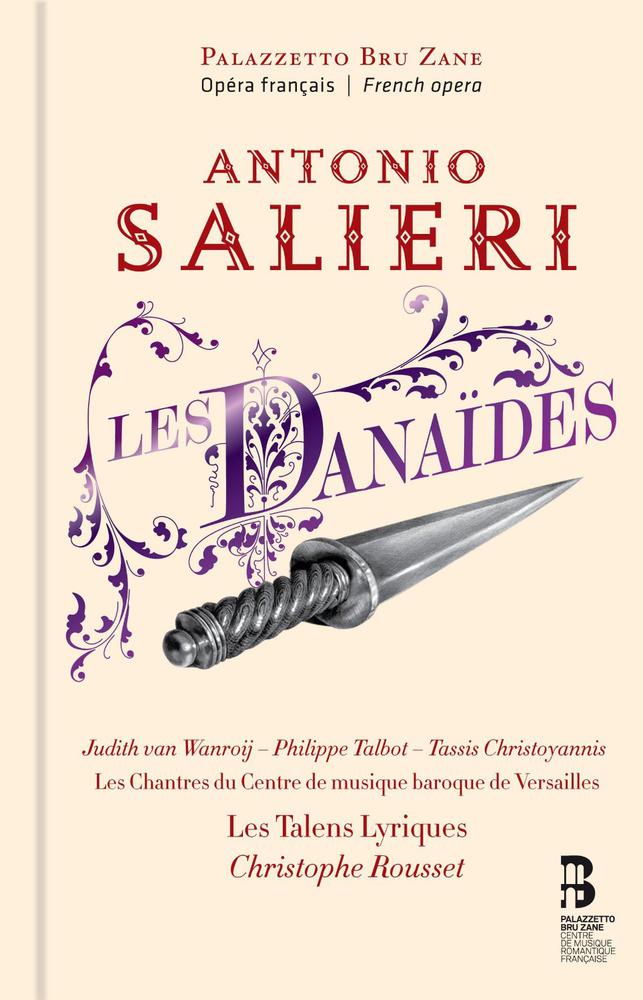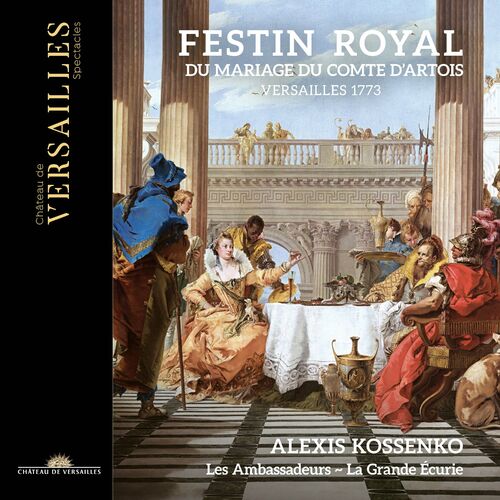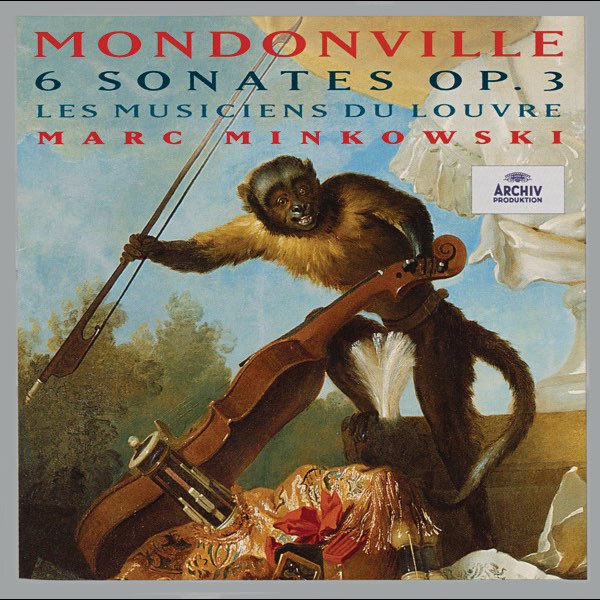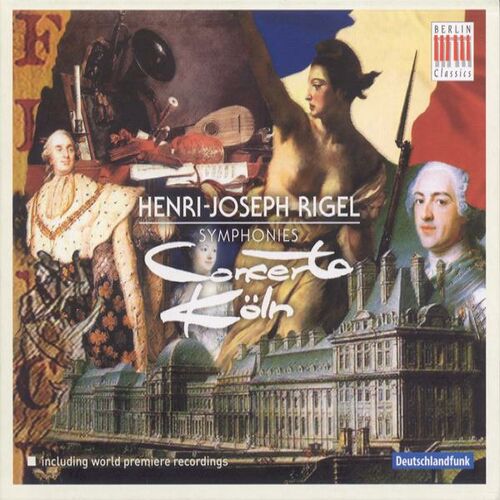Each month, the Centre de musique baroque de Versailles establishes a thematic playlist for you to experiment an immersive journey in the French musical repertoire of the 17th and 18th centuries. Enjoy the music!
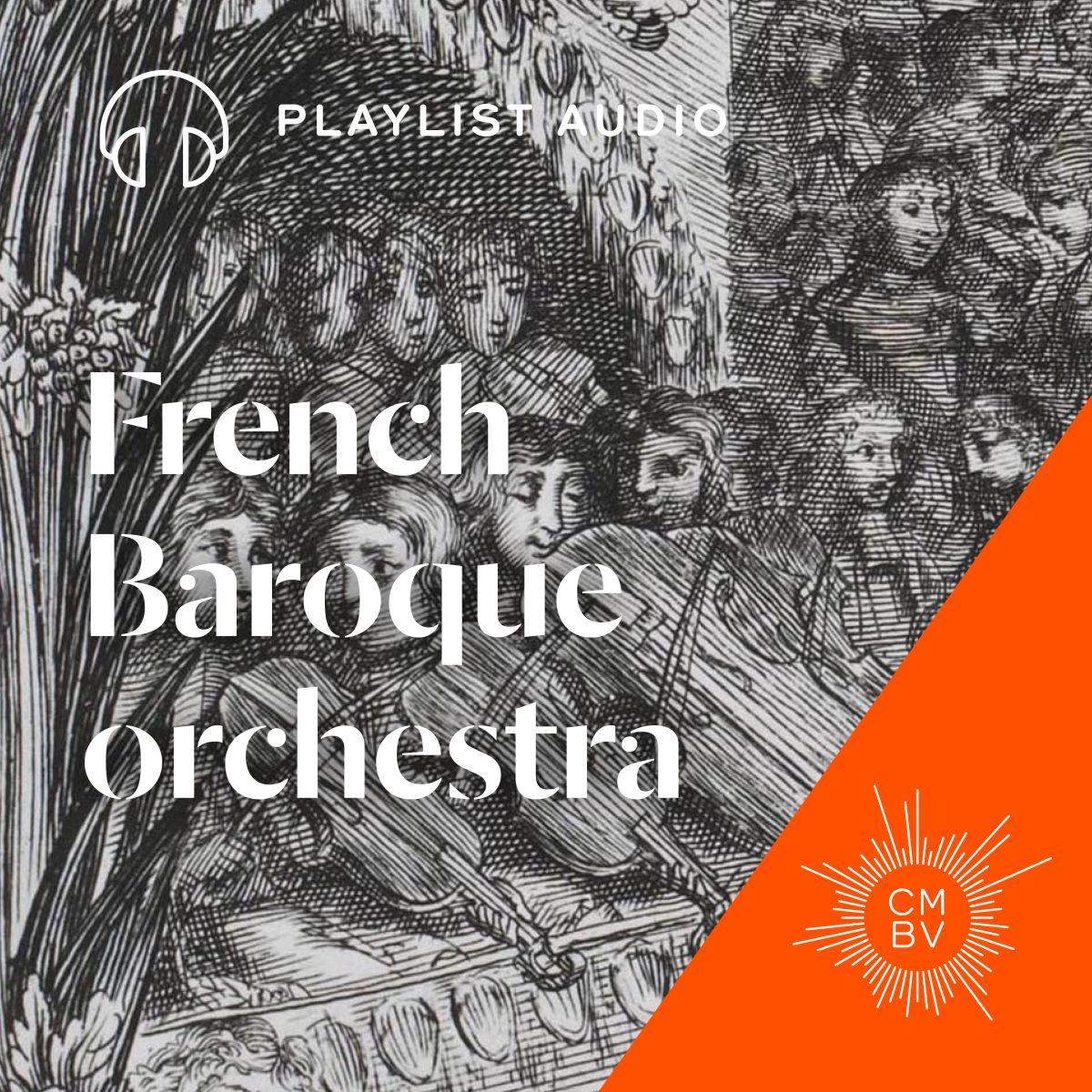
By Benoît Dratwicki, artistic director and researcher at the CMBV
French excellence
The French orchestra of the seventeenth and eighteenth centuries was distinguished by a wealth of instruments and a sound architecture that were unique in the Baroque landscape of the time. Spurred on by royal patronage, particularly under Louis XIV, instrumental ensembles became emblems of magnificence and models for the whole of Europe.
With Lully, a powerful, energetic orchestra full of nobility developed, as demonstrated by the overture to Isis, where the parts intertwine with subtlety. Such French-style overtures were imitated by Purcell, Bach, Handel and Vivaldi for more than half a century.
The Vingt-Quatre Violons du roi, the emblematic ensemble of the Versailles court, also embody this grandeur. Their superb performances are to be found in pieces written expressly for them, such as the Symphonies pour les Soupers du roi by Michel-Richard de Lalande, in which the finesse of the orchestration illustrates the refined taste of the court.
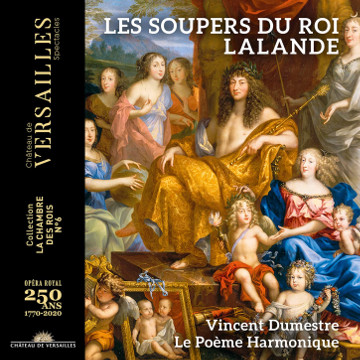
The role of theatre in the development of the orchestra
The theatre played a major role in the development of the orchestra in France. Lully's works, such as the overture to Persée (in its 1770 revision by Hervé Niquet and Le Concert Spirituel), feature powerful orchestration that met the standards of the Académie royale de musique, the largest theatre in Europe at the time. This link between stage and orchestra can be found in all Lully's successors, such as his disciple Marin Marais, for example in the Chaconne from Sémélé (one of the longest ever composed), where the orchestra of Le Concert Spirituel conducted by Hervé Niquet is at one with the stage drama.
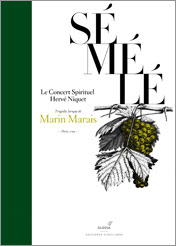
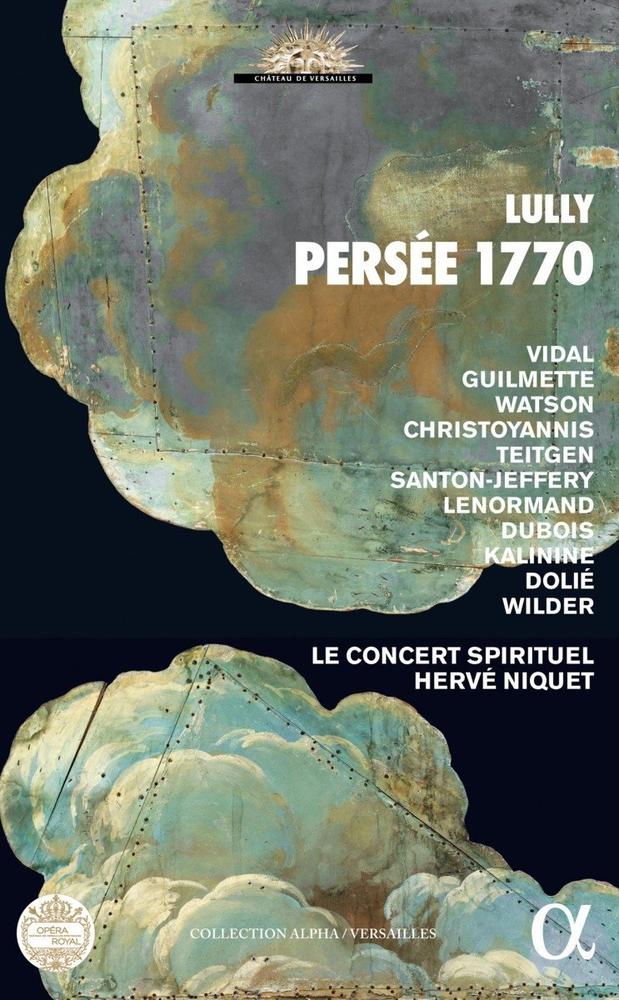
Composers such as François-Joseph Gossec, with his Symphony in C major, Op. 12 No. 3, and Antonio Sacchini, with the Oedipus at Colonus Overture, mark the transition to a less subtle but highly effective orchestration, heralding the French classical style imitated from the Mannheim School and the Austro-Hungarian style of the young Haydn.
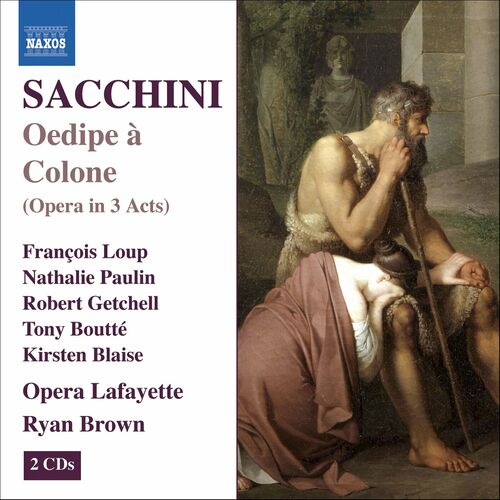
Innovations and instrumental diversity
The French orchestra underwent a number of changes in the 18th century. The winds asserted themselves: the flute, bassoon and musette enriched the orchestral palette. Jean-Philippe Rameau exploited this variety in the ‘Chaconne pour les lutteurs’, taken from the opera Naïs, magnified by the performance of György Vashegyi and his Orfeo Orchestra. A master of instrumentation, Rameau used unprecedented timbres and varied textures, as can also be seen in the Sarabande from the Fêtes de l'Hymen et de l'Amour, here conducted by Hervé Niquet.
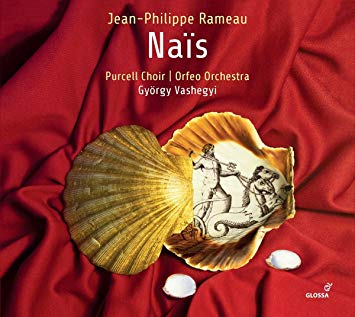
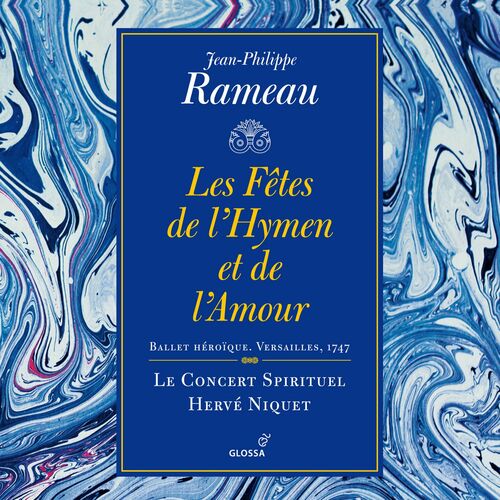
At the same time, the writing for the strings evolved from a five-part model to a four-part balance, closer to the Italian heritage, highlighting the treble and bass, whose parts are increasingly virtuoso. In this vein, the works of Jean-Joseph Cassanéa de Mondonville, such as the overture to Titon et l'Aurore in Hervé Niquet's version or the aptly named ‘Sons harmoniques’ from Isbé under the baton of György Vashegyi, are representative of a ‘rococo’ school typical of Mme de Pompadour's period.
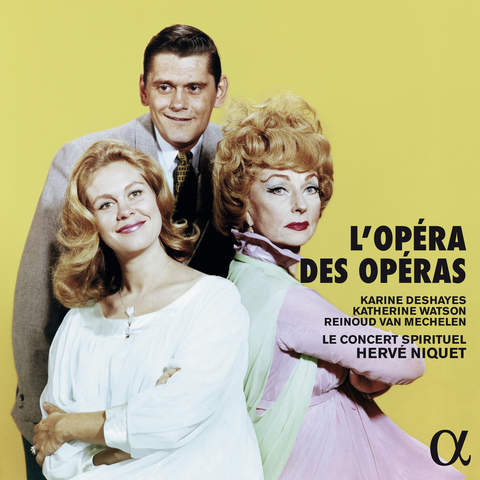
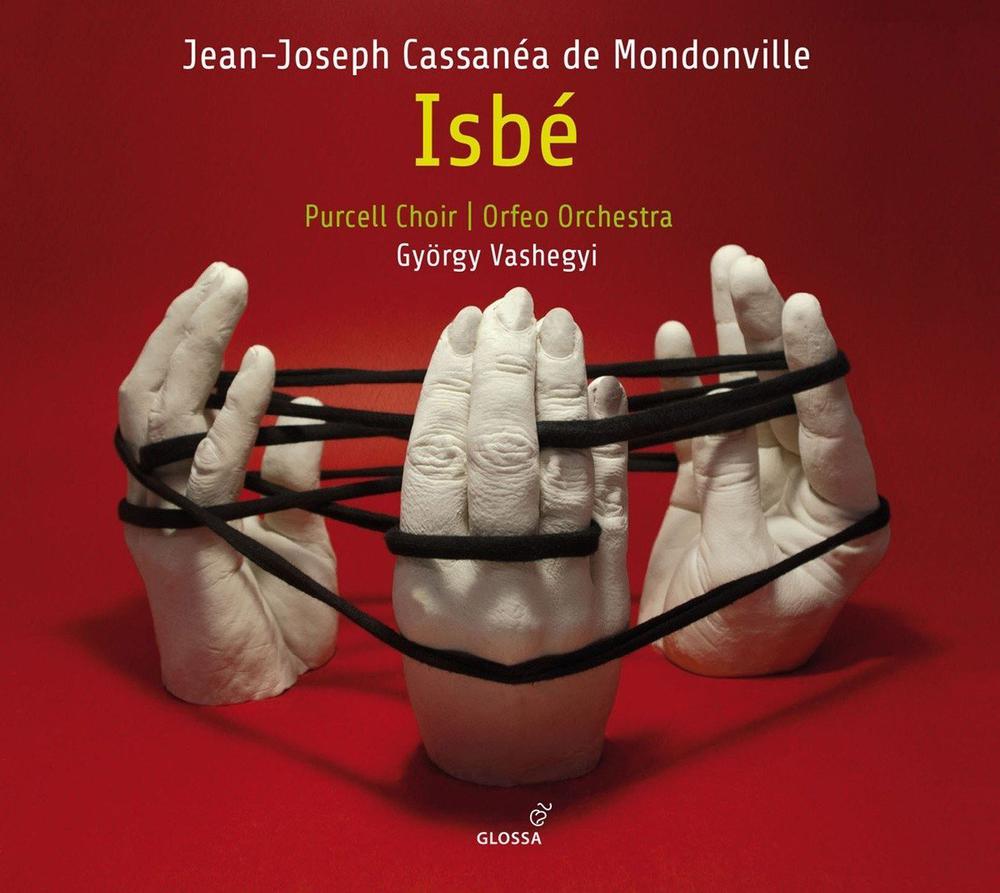
The French orchestra: an international reputation
The French orchestra made its mark for a long time to come, thanks to its numerical breadth and mastery of timbres, two characteristics admired throughout Europe, and which even impressed Mozart when he visited Paris in 1778. This reputation was underpinned by works such as Les Voyages de l'Amour by Joseph Bodin de Boismortier, and more particularly the ‘Symphonie pour l'arrivée des génies élémentaires’. Staying with the theme of the Geniuses, let us mention the opera of the same name, composed by Mademoiselle Duval and magnificently brought to life by Camille Delaforge and her ensemble Il Caravaggio. Both excerpts are in the tradition of Jean-Féry Rebel's choreographic symphonies, all of which are dance-oriented.
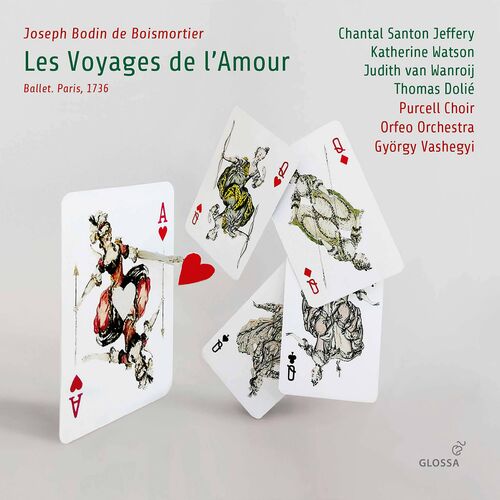
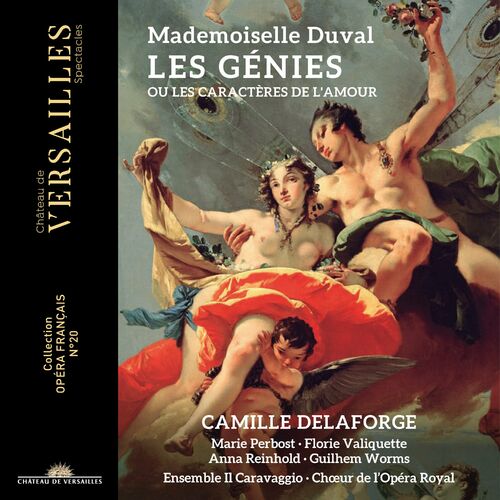
The French orchestra of the seventeenth and eighteenth centuries was not just a player in the musical landscape: it was a pillar of it. From Lully to Rameau, Mondonville to Gossec and Royer, let yourself be carried away by the rich sensory journey offered by this playlist.
